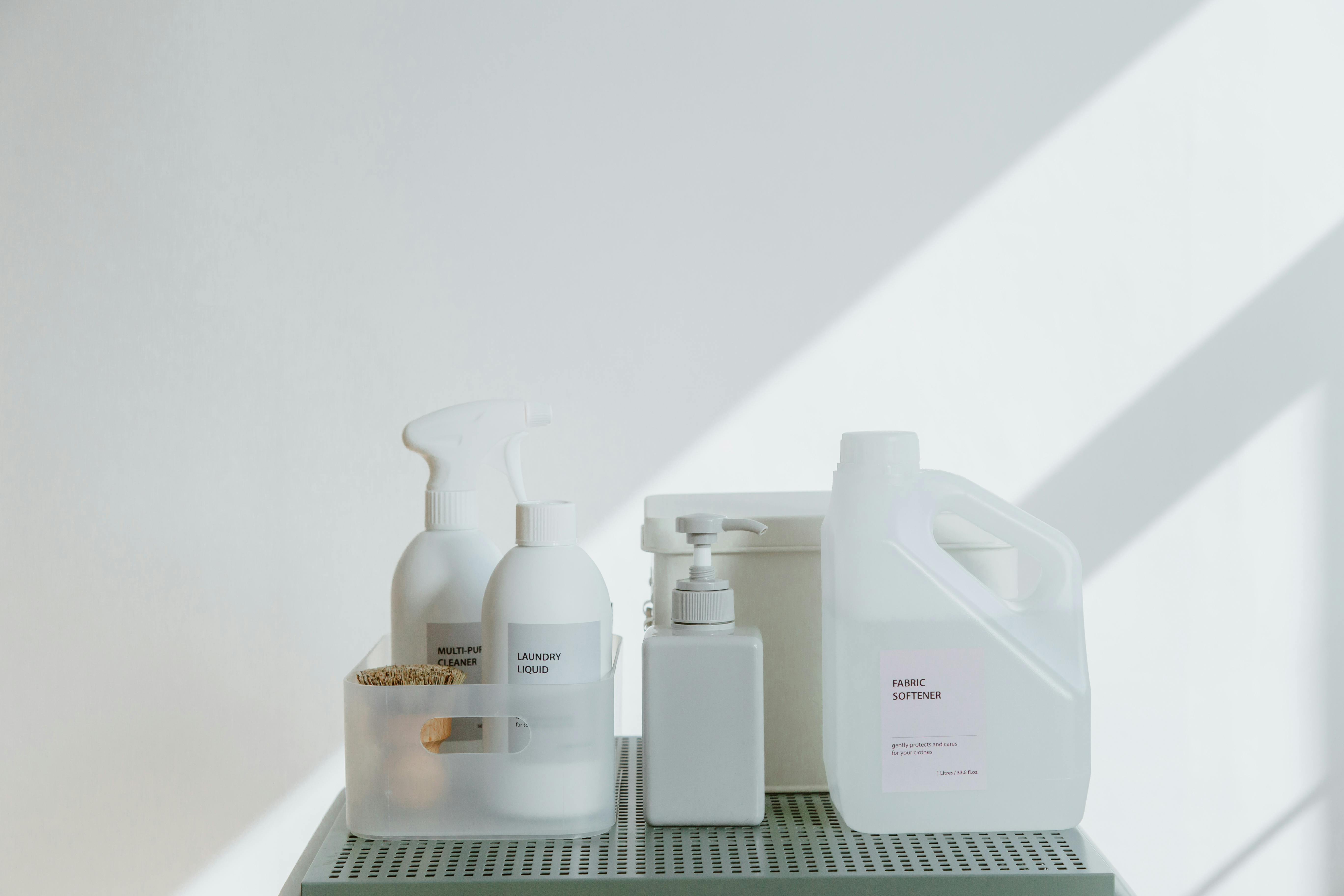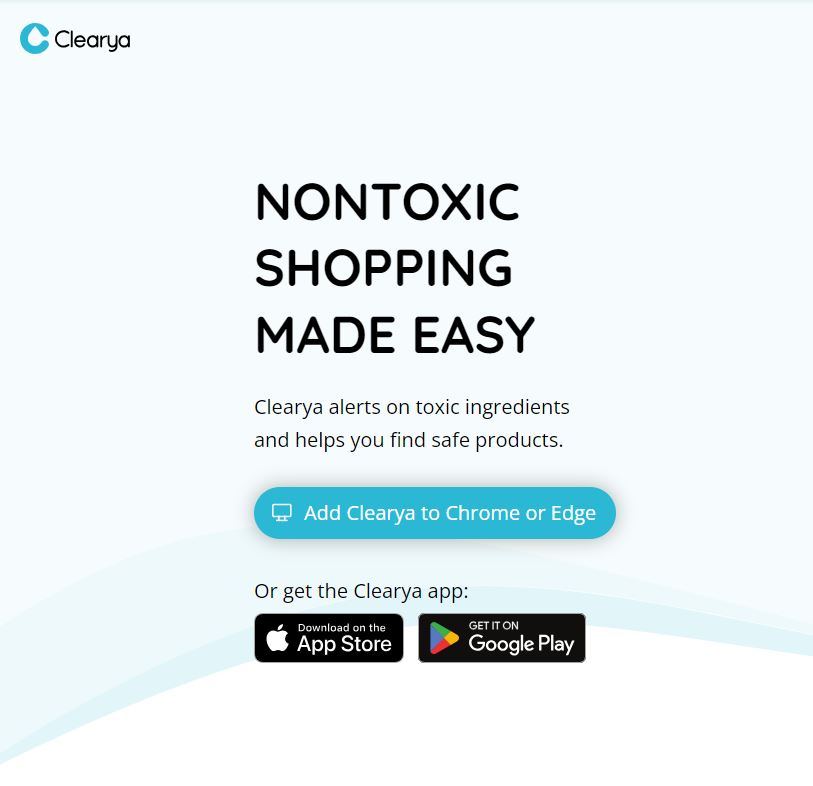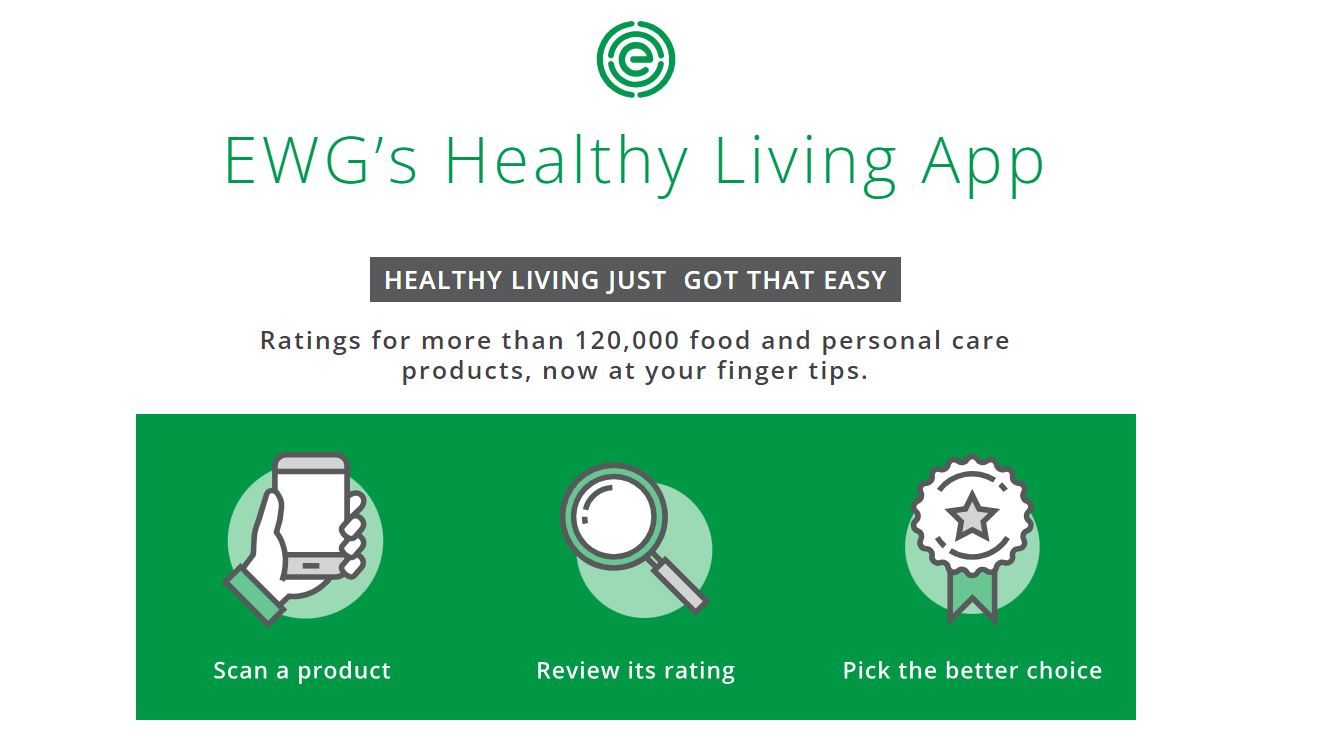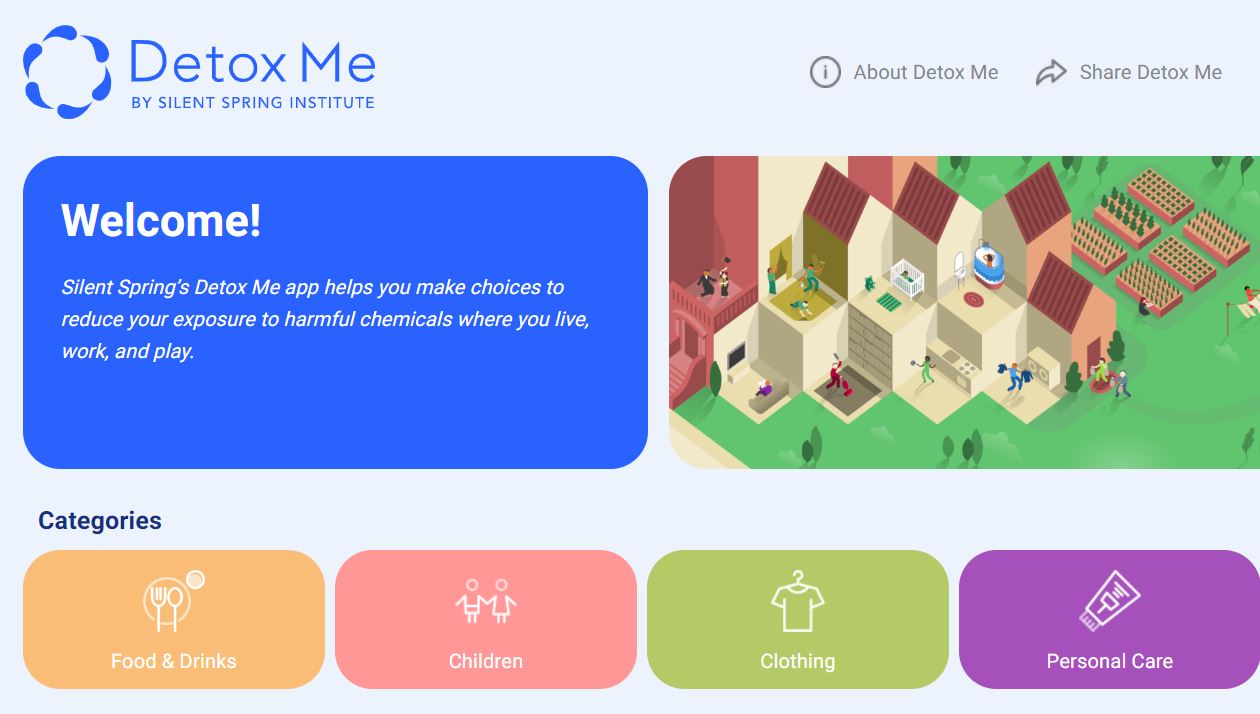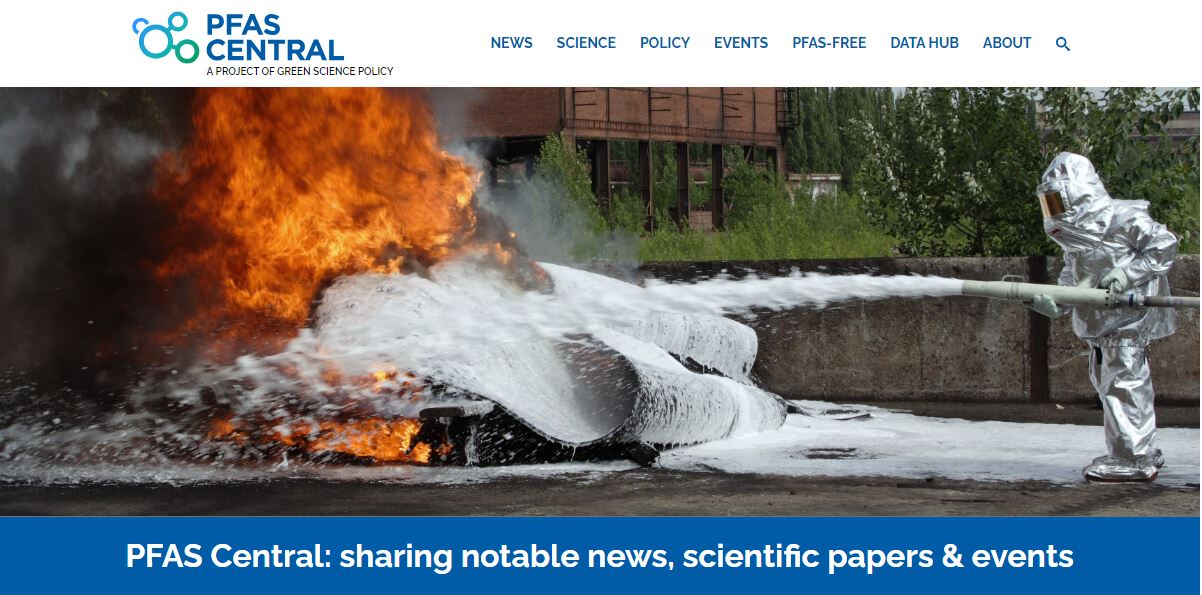Climate | Toxics
Many chemicals found in our everyday life are known or suspected carcinogens, as well as having impact hormone functioning in our bodies. These chemicals are called Endocrine Disrupting Chemicals, or EDCs. The Endocrine Society describes the broad impact of these chemicals as “profound and life threatening.”
“Cancers, diabetes, kidney, liver, and thyroid impacts, metabolic disorders, neurological impacts, inflammation, alterations to both male and female reproductive development, infertility, and impacts to future generations as a result of germ cell alterations are the consequence of many EDC exposures…”
Everyday products and objects (such as shampoos, deodorants, fragrances, cleaning products, plastic water bottles and food containers, paints, solvents, cookware, certain textiles, and more) are known sources of EDC exposure. Not only are these chemicals directly harmful to human health, but they also have direct impacts on climate change as many are derived from fossil fuels.
Detoxifying is decarbonizing. Reducing the chemicals in your life can improve your health and reduce your carbon footprint.
Resources
Clearya
Clearya can alert on ingredients linked with cancer, infertility, baby developmental harm, hormone imbalance, chemicals that are banned in Europe, ingredients that may cause an allergic reaction and more. This app and browser extension vets ingredients’ safety by matching them against thousands of hazardous chemicals identified by scientists and regulators around the world. When you browse products that contain toxics, Clearya can suggest safer alternatives sold by the same store. You can also take a photo of the ingredient list and have it analyzed by the Clearya app on the spot.
Environmental Working Group
In 2004, EWG launched Skin Deep to fill the gap by educating the public about the ingredients in their cosmetics and personal care products. Skin Deep makes it easier for shoppers to understand potential hazards and health concerns related to ingredients in cosmetics and personal care products.
From snacks to shampoos: We are exposed to chemicals every second, yet we know very little about them. To help you navigate this complicated world and make safer choices, EWG combined two of their most popular resources, the Skin Deep and Food Scores databases, to form the Healthy Living App. Now EWG's trusted ratings for more than 120,000 food and cosmetics products are at your fingertips.
Silent Spring Institute
Silent Spring’s Detox Me app is a clean lifestyle guide that walks you through simple, research-based tips on how to reduce exposure to toxic chemicals where you live, work, and play. The free mobile app draws on more than 20 years of research by Silent Spring Institute on the health risks associated with toxic chemicals in our everyday environment, turning this vast knowledge into practical advice for healthier living.
PFAS Central
PFAS Central: Find a list of PFAS-free products here. PFAS Central provides current and curated information about PFAS, including press, peer-reviewed scientific articles, meetings, job listings, and consumer information.
Continue learning about chemicals, the environment, and human health.
Collaborative for Health and Environment - CHE amplifies the latest, peer-reviewed science to support changes in policy and practice that protect people and the planet. Check out their Toxicant and Disease Database for literature on specific contaminants and their impact on health, as well as these factsheets.
The Cancer Free Economy Network - CFE is a dynamic network of diverse teams, experts and stakeholders from the environmental, social justice, health, science, policy, legal, labor, business and communications sectors working together to prevent cancer and accelerate progress towards a healthy, regenerative and equitable economy for all.
The Children’s Environmental Health Network - CEHN is a national multi-disciplinary organization whose mission is to protect the developing child from environmental health hazards and promote a healthier environment. In addition to CEEE’s Good Neighbor Iowa initiative, CEHN’s course, Eco-Healthy Child Care, is a very useful resource for child care professionals who want to improve the environment of the children for which they care. Please reach out to the Environmental Health Program Director to request a scholarship to take the course.
Center for Health Effects of Environmental Contamination - CHEEC is a multidisciplinary environmental health research center composed of faculty and researchers located in the University of Iowa Colleges of Public Health, Engineering, and Liberal Arts and Sciences, and State Hygienic Laboratory. CHEEC supports and conducts research to identify, measure and study adverse health outcomes related to exposure to environmental toxins.
The Silent Spring Institute - Silent Spring Institute is a mission-driven scientific research organization dedicated to uncovering the environmental causes of breast cancer. Their work advances science on the links between environmental chemicals and women's health and supports the development of safer chemicals, market shift away from toxics in products, and more health-protective regulatory policies.
PFAS Central - PFAS, sometimes referred to as PFCs or highly fluorinated chemicals, are used in many consumer products and industrial applications because of their oil-, stain-, and water-repellent properties. Examples of chemicals in this class include PFOA, PFOS, and more than 3000 related compounds.
Pesticide Action Network of North America - PAN uses grassroots science, strategic communications and coalition organizing to build power with communities across the U.S. and around the world to confront the harms of industrial agriculture and build solutions. They are one of five regional centers who cooperate to transform systems of food and farming across the globe.
Heartland Health Research Alliance - HHRA studies how food and farming impacts the health of people and the planet, supports research to determine whether widely-used weed-killing herbicides affect reproductive and children’s health, and shares data and scientifically sound findings to equip farmers, the food industry, and policy makers to adopt farming-system practices that promote the health of people and the planet. An especially useful tool is the Heartland Study’s Project Bibliography where you can browse the extensive body of literature linking pesticides with negative health impacts, as well as the Dietary Risks Index -- developed to determine which food-pesticide combinations account for the most worrisome risks in the food supply, and which do not.

